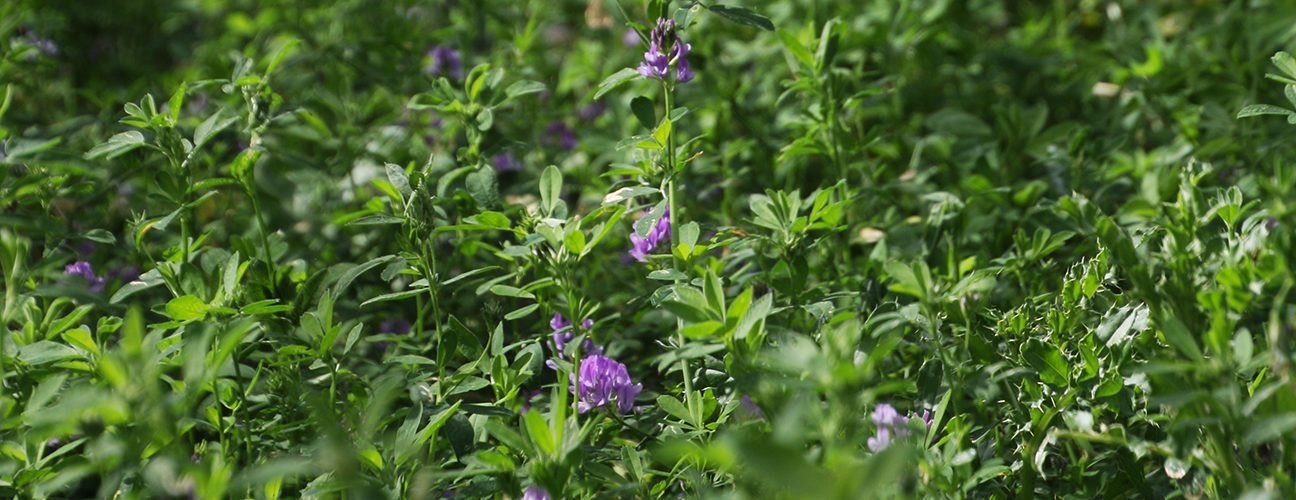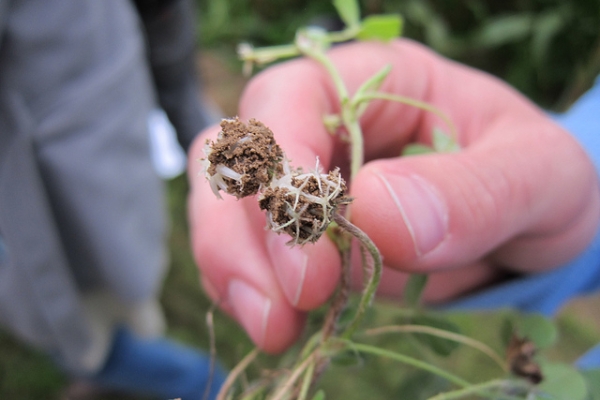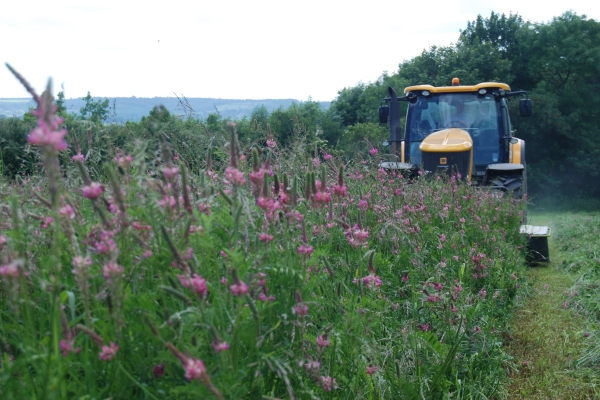Growing and Feeding Lucerne
Resource explained
Lucerne (Medicago sativa) is a nitrogen fixing legume commonly known as alfalfa. It is valued for its drought tolerance, high yield, protein content and digestible fibre and as such makes good forage for ruminants. This information was compiled as part of the Better Returns Programme to provide best practice advice on growing and feeding lucerne to cattle and sheep. It describes various options for growing, picking and preparing sites, and selecting the most suitable variety of lucerne. It also describes establishment, fertiliser use, and management of sward height, pests and diseases, and weeds. Finally, it outlines how to conserve cut lucerne in either clamps or bales, and how best to graze and feed to livestock. It provides useful guidelines, tables of information, and case studies throughout. The document concludes with several research findings which suggest lucerne may support increased animal performance.
Findings & recommendations
Pros & cons
- Pros: high yield, high protein content, digestible fibre, drought tolerant, fixes nitrogen (approx. 250kg N/ha/yr).
- Cons: slow establishment, low energy content, can cause bloating in grazing animals.
Site selection
- Grows on fertile, free-draining sites.
- Not suited to waterlogged soils.
Variety selection
- The most important characteristic to consider is dormancy.
- Optimal dormancy rating of 4-5 in the UK in order to achieve 3-4 cuts a year.
Establishment
- Slow to establish so can easily be outcompeted.
- Care is needed when choosing a companion species so it is not smothered during its first year.
Fertiliser
- No requirement for N.
- High requirement for P and K.
- Requires Ca and S with pH > 6.
- Sensitive to deficiencies of B, Mo and Zn.
Management
- Maintain minimum sward height of 6-7cm to avoid damaging crown.
Conserving
- Difficult to ensile under UK conditions.
- Use of additive recommended.
Grazing and feeding
- Never set-stock lucerne. Rotational or strip grazing to allow recovery.
- Be aware of bloat, monitor sheep for red gut, provide salt blocks.
Research
- Research has shown it can perform well as a grazing crop if managed carefully. It can support increased animal performance.
- Should be considered in winter forage plans.




